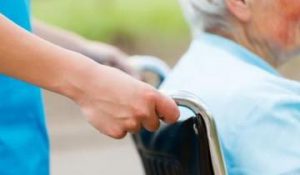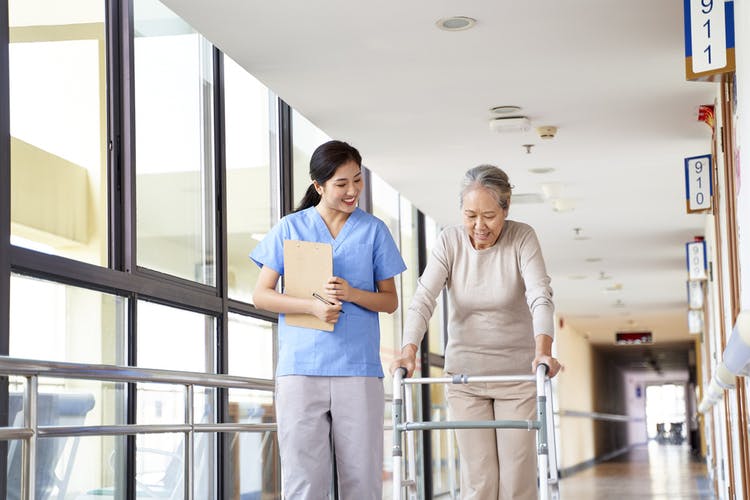
Stroke is a debilitating condition that affects and passes through the central nervous system, the arteries carrying blood to and from the brain. When a blood vessel becomes obstructed (or burst) (or even ruptures), a stroke occurs. The result of this is paralysis of the facial nerves. This is a serious illness that can lead to death if not properly treated.
A common symptom of a stroke is the weakness of the face, jaw and extremities. This can be a gradual weakness that starts in the upper extremities and then spreads to the lower extremities. A more pronounced symptom of a stroke is facial numbness. While it may seem strange to think that a simple facial pinch or light touch could cause facial numbness, a stroke patient may actually feel some or all of the symptoms of a stroke. Some patients may only have one or two of the symptoms, while others may experience many of them.
Other common symptoms of stroke are memory loss, emotional problems, difficulty speaking and understanding speech, and loss of coordination. A stroke can also cause a change in the patient's sense of smell and taste and may cause the patient to be unable to understand or memorize words. Any or all of these symptoms can also be present as a result of a heart attack or other health problems.
There are several treatment options available for stroke patients. Most patients will require either hospitalization or surgery to improve their recovery and the quality of life they lead. It can be a serious medical expense, but it will be worth it if your loved ones get back on their feet. A stroke can cost someone their life and the loss of income they will experience while fighting the physical and mental side effects of their condition.
In addition to being hospitalized or having surgery to recover from a stroke, a person who has had a stroke may need physical therapy to restore function and strength. The goal of physiotherapy is to help the patient regain the ability to move the arms, legs and upper body. The goal of physiotherapy is to strengthen the muscles in the body and neurons in the brain so that the patient can regain control over these areas.
Many stroke patients prefer deep breathing exercises. These are called energy breathing exercises or EBE. They are designed to increase oxygen consumption and remove carbon dioxide. to help patients breathe easier, and to provide additional support for their brain and muscles.

Many patients may also need help with cognitive rehabilitation to better remember the words they hear. This type of rehabilitation requires patients to read the information differently. Patients can work with an audiologist or neuropsychologist to teach them how to repeat words out loud and pronounce words they may have forgotten in their own words. It will also help them memorize the letters and numbers on the piece of paper better.
No matter what the symptoms, it is critical that patients who are experiencing a stroke or know that they have a stroke seek out help as soon as possible. Without proper care, a person can suffer permanent disability and death if they are left untreated for too long.
For those patients that do not require hospitalization or surgical intervention, there are other treatment options available. These options may include:
– Cognitive Behavioral Therapy: This is often recommended for people who are struggling with their memory, speech, understanding, and behavior skills. This form of treatment involves educating patients on how to recognize when they are having problems, how to recognize when they are having negative thoughts, and what steps need to be taken in order to address these issues before they become severe.
– Occupational therapy: Occupational therapy is often used for those who are unable to perform certain tasks due to their stroke. They can work with a therapist who will help them learn how to perform these tasks in order to avoid future disability. such as a patient using a wheelchair or a cane. or a motorized scooter.